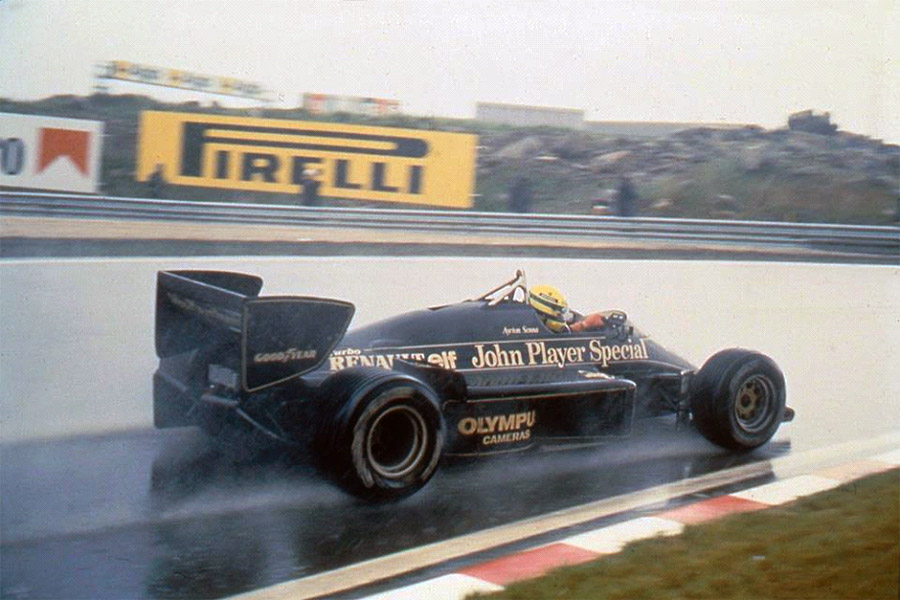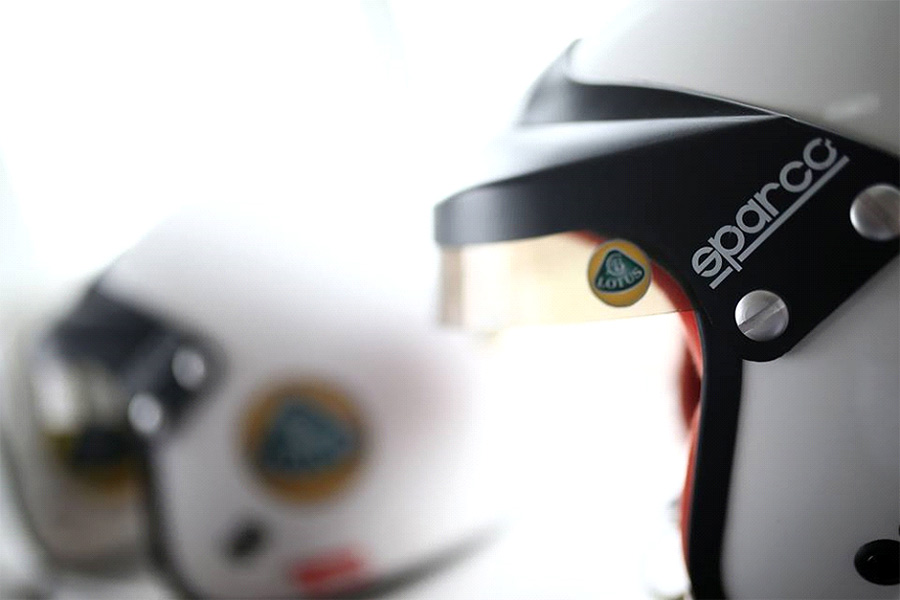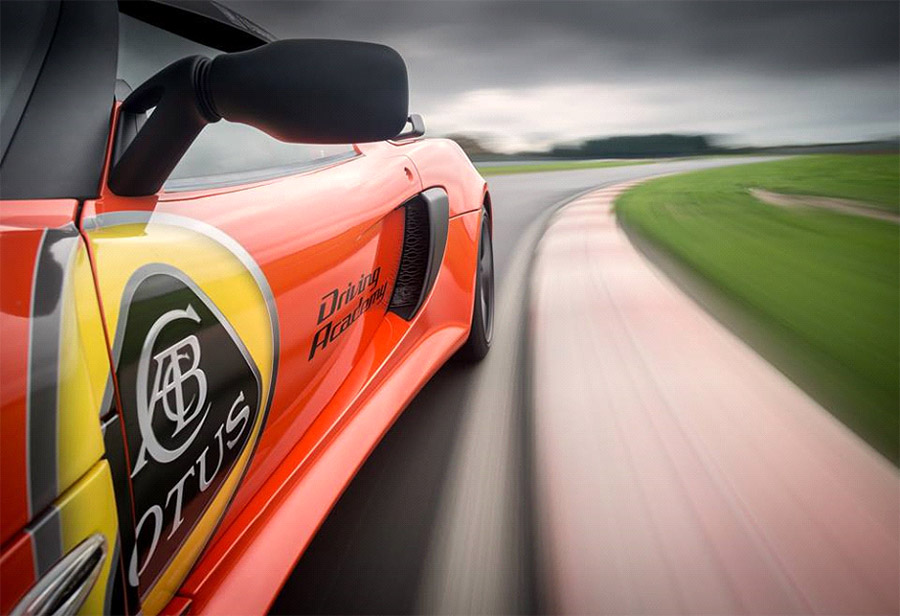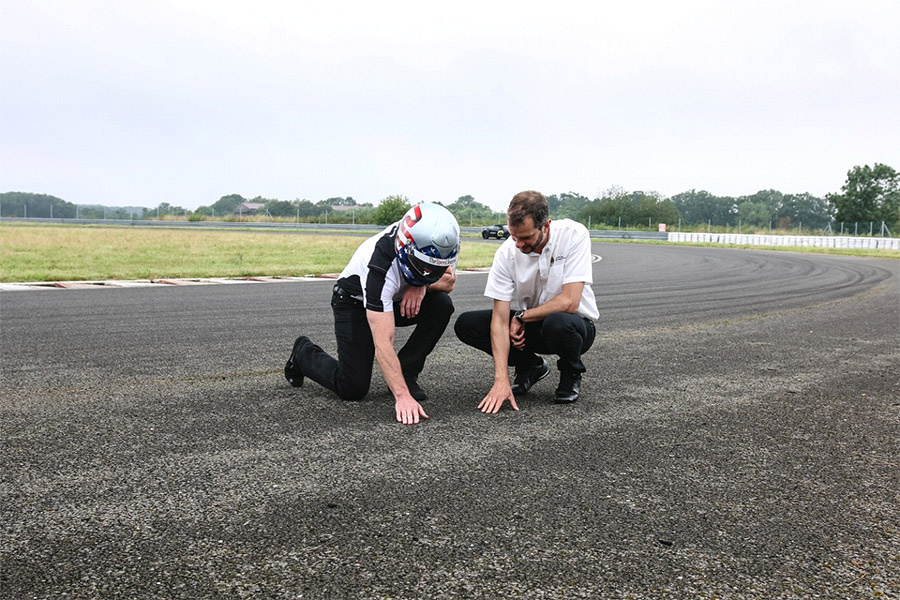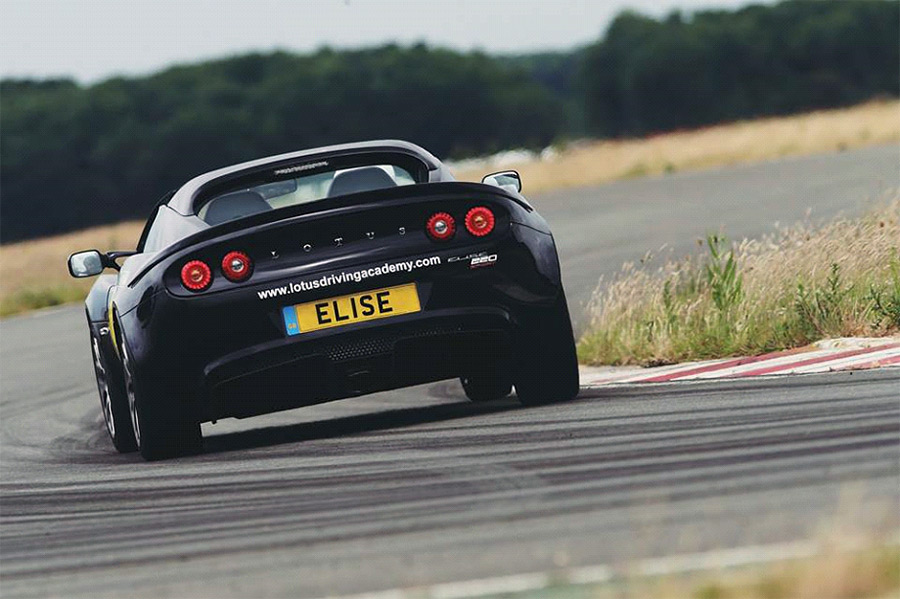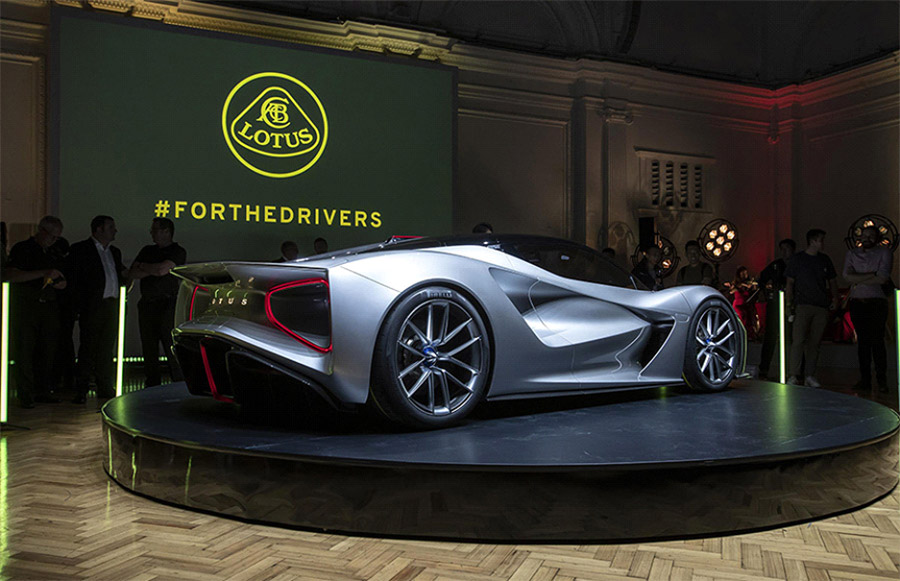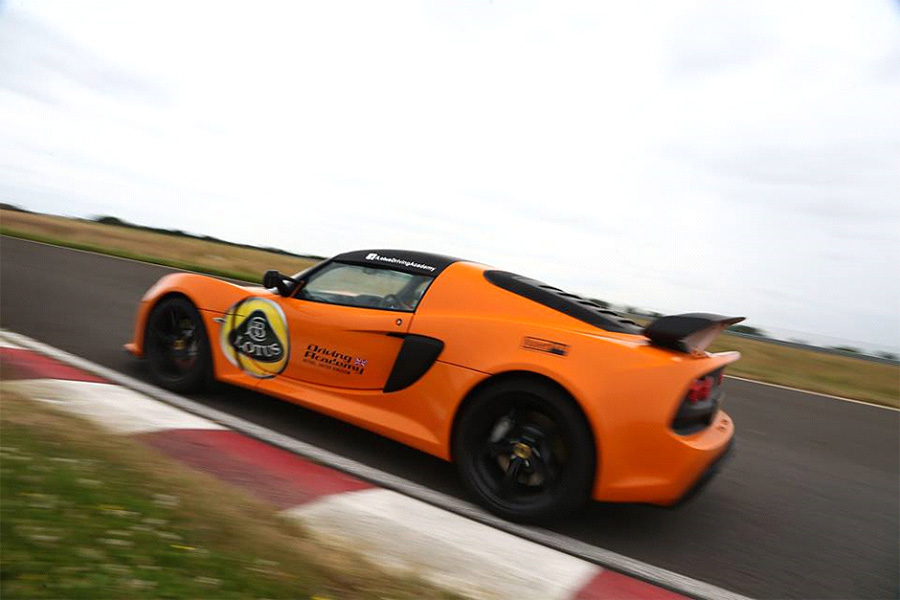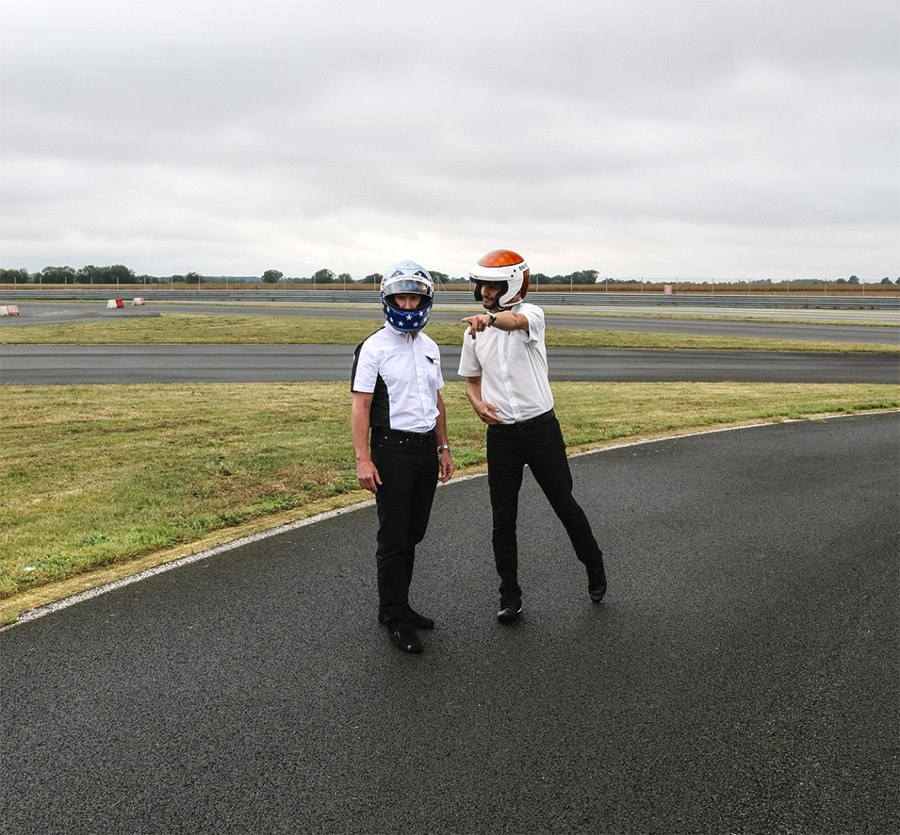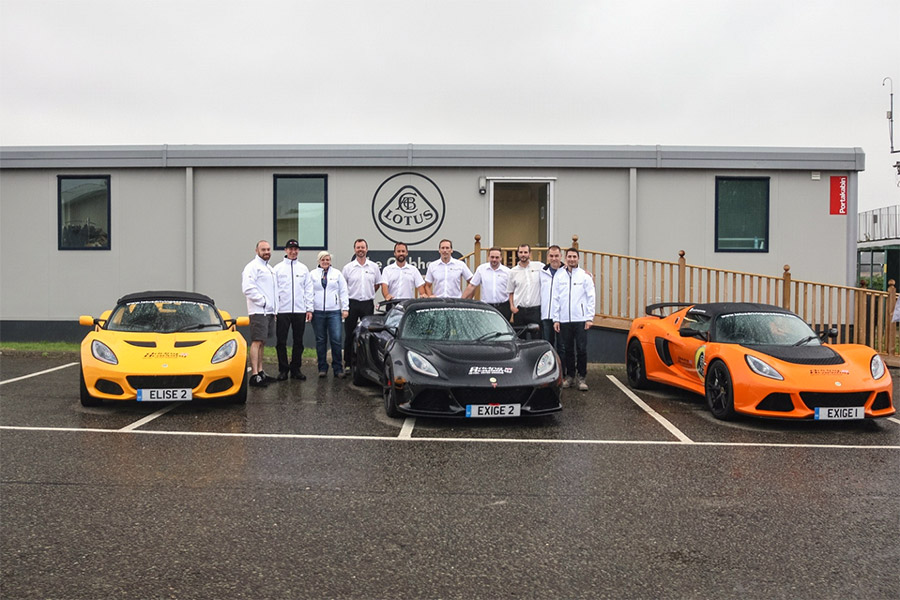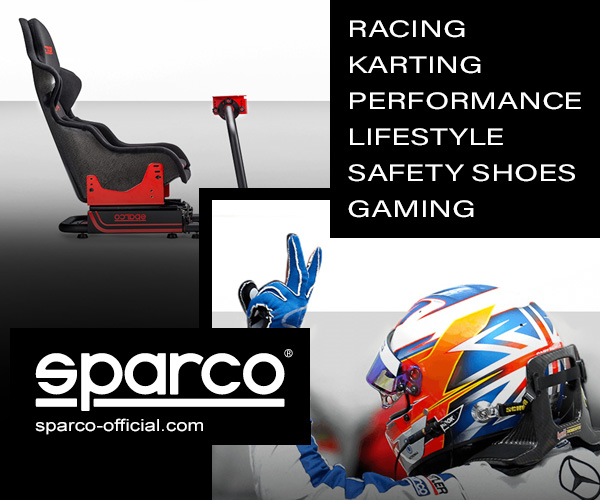Open-wheel motorsport changed radically in the 1960s as large front-engine beasts gave way to lightweight racers with engines mounted behind the driver. Lotus and founder Colin Chapman made history by driving the change in engineering philosophy. Without the benefit of focus groups or marketing agencies, Chapman and Lotus coined one of the most iconic mission statements for any organization – “Simplify, then add lightness.”
That simple philosophy not only transformed motorsport but has carried through to road cars produced by Lotus for decades. Lotus is famous for iconic roles in movies as well as success in motorsport, but the road cars are favorites for weekend canyon carvers or track day outings.
From its base in Hethel, England, Lotus has designed, developed, tested and manufactured so many race cars and road cars that share the same threads of essential DNA. To get a closer look, Speed Journal resident driver Jeff Francis headed to England for a visit at the Lotus Driving Academy.
Spiritually founded in 1948 when Colin Chapman built his first race car in a garage, Lotus formally took life in 1952. Chapman established Hethel for Lotus headquarters in 1966. Originally a World War II air force base, Hethel is the Lotus base of design and manufacturing operations, and the 2.2-mile test track. Esprit, Elan, Evora and Exige cars all were born here. Team Lotus race cars were also born and tested here, piloted by famous personalities such as Jimmy Clark, Jochen Rindt, Emerson Fittipaldi, Mario Andretti, Nigel Mansell and Ayrton Senna. Lotus racecars have competed throughout the world, including sportscars, Indycars, and Formula One cars.
With so much history as a backdrop, the Lotus Driving Academy is designed to provide a range of options with various packages and graduated levels. Regardless of the choice, a visit to Hethel joins track time with a factory tour to see the manufacturing and assembly process first-hand. The close linkage between the assembly line and the test track is no accident – each enriches the other.
Two options give guests either a passenger seat ride with an instructor or a brief taste of driving an Exige for several laps. The experiences are perfect for those merely looking for a field trip to Lotus headquarters and a front-row seat to a glimpse of the sights and sounds of a Lotus in motion.
For drivers looking to develop their driving skills, a four-stage program of bronze, silver, gold and platinum builds competency to handle performance cars around a race track. Beginners generally start at the bronze level and work towards platinum. Those with prior experience start at the level appropriate to their skill level. Ambitious drivers combine all four levels together in a “carbon” package. Each program spans a full day of driving. While the Lotus Driving Academy clearly immerses participants in the world of Lotus, the priority is driving skill development rather than a sales pitch to sell Lotus road cars. The distinction is critical and the program benefits from recognizing the difference.
Given prior driving experience, Francis opted for the platinum level for his day with the Lotus Driving Academy. Platinum is the program pinnacle and focuses on race track skills, with three advanced capabilities to perfect: left foot braking and trail braking, plotting the ideal line through a corner, and using data logging to improve driver performance.
Top tier instructors with extensive racing experience provided advice and guidance for the four platinum students. Simon Poole and Rob Barff led the morning briefing to set the agenda for the day. Poole started with an earlier version of the Lotus Driving Academy in 2005 and since then has been involved in various roles with Lotus, logging many racing miles on the track with the Elise and likewise many development miles for road cars such as the Evora. When not racing professionally in GT and prototype machinery, Barff has been trackside for years coaching others in a range of race cars, including single seaters.
David Brise as part of the instructor line-up spent most of his time assigned to Francis. Brise comes from a family with extensive roots in motorsport and started racing go-karts and dirt bikes in the yard at the family’s home near Brands Hatch. With that kind of a start, moving on to open wheel racers, sportscars, prototypes and motorcycles came naturally. David also has been deeply involved in the various events at Goodwood.
The briefing previewed the advanced racing techniques featured in the day’s exercises, such as heel and toe downshifts, trail braking, left foot braking, and car control. Students focused on identifying the ideal line through a corner when tackling a new or unfamiliar circuit including wet and dry lines. Data logging tools provided objective metrics to assist each driver analyze their performance and find opportunities for improvement. The theme throughout the briefing was that “Speed is the end product of technique.”
Lotus divided the Hethel test track into three sections – north, south and middle. Students rotated through the sections, so the full track was active at all times. Each student had a dedicated instructor for each track session creating a very personal relationship and tailored training. Instructors took their mission seriously. Consistency of a single instructor for each student in each session was invaluable.
Francis and Brise took an Elise out for three morning sessions – one in each track segment. Time in the north section focused on determining and navigating the ideal racing line. The Rindt Hairpin, a 180-degree corner, served as the venue. Unlike the gold level of the Lotus Driving Academy, no cones helped students find their way. Francis drove the Elise at speed through the hairpin in both directions, exploring different lines and techniques of entry, apex and exit. Student and instructor parked the Elise at one point and walked the track, comparing variations in track surfaces, working through differences in grip, and comparing and contrasting wet and dry lines through the corner.
The south circuit beckoned for the next session. A micro course linked the Graham Hill esses, the Andretti hairpin, and then flowing Senna curves. The sequence of curves perfectly suited the nimble Lotus Elise which thrived in its element. A slight drizzle added moisture to the track surface, promoting oversteer on corner exit and making the learning process even more fun.
Brise focused on managing a sequence of curves and the importance of approach and execution. Get it right in the beginning to place the car properly and enjoy the reward of a quicker exit. Get it wrong at the outset and the subsequent corners and exit suffer. The notion of investing properly and making a profit illustrated the concept. A driver who spends too little or too much will not yield the desired profit down the track. The excellent driving position and forward vision of the Elise helped to identify marks and properly position the car for maximum profit.
The south circuit session also welcomed the use of telemetry to show driver inputs compared to lap times. Data logging is a critical tool for the modern race driver and a very cost-effective means of finding time. Francis compared different braking approaches to transfer weight to the nose, thus optimizing braking, using the data to objectively match the techniques with the results.
Moving on, Francis and Brise drove their Elise to the middle section, the Fittipaldi straight, for braking school. Instruction focused on using left foot braking to help settle the car while keeping momentum in the drivetrain. Downshifts skipping gears are challenging. Moving gears from fifth to second can be effective but requires precision and confidence.
Working through the gearbox while identifying the right line into the corner is tricky – especially when the left hand isn’t used to being asked to take responsibility for moving the Elise’s gearshift smoothly during heavy braking. The Hethel track is busy and twisty but Francis overcame a few hiccups and convinced his left hand to play its part. Once again, the course emphasized a common theme of developing driver skill to correctly assess track demands, so the driver adapts as needed in the future to unfamiliar tracks and situations.
Amidst the struggle of driver and car against the laws of physics, a mother duck led her flock of ducklings across the track. They made it safely to the infield, but provided a reminder that car control skills have applications beyond competitive racing and success isn’t always measured by the stopwatch.
The mid-day break provided an opportunity to reflect on the prior day’s visit to the Classic Team Lotus facility across the street from the main Lotus facility and within sight of the Hethel test track. With so much heritage and history, Classic Team Lotus is where vintage Lotus racecars of years past are maintained for displays, exhibitions and vintage races. The provenance of each Lotus race car produced from 1954 through 1990 is recorded and ownership tracked. The effort is a remarkable testament to the durability of the marque and the variety of race cars that bear the Lotus badge.
In addition to a tour of the workshop, Francis got the chance to chat with legendary Lotus mechanic Bob Dance – 84 years old and still working 3 days a week. He worked with all the iconic cars and Lotus race drivers, including Jimmy Clark and Mario Andretti. After learning his guests hailed from California, he effortlessly recalled stories of testing an all-wheel drive Type 64 Lotus Indycar in 1969 at Hanford Speedway with Andretti and also working with Andy Granatelli in Santa Monica. His recall was amazing and sharp. Another Classic staff member commented that they frequently benefit from Dance’s extensive memory.
While the mid-day chatter over lunch partially looked to the past, it also looked to the future as the group talked about the recently unveiled Evija. The dramatic new all-electric Lotus supercar is a statement of ambition from Lotus to continue looking to the future. It is the first completely new car to be launched in several years but should make an enormous splash with estimates targeting almost 2000 horsepower. Production will be limited to only 130 units and is planned for 2020. The Evija’s styling and performance will surely set the stage for the future of Lotus. (See more on the Evija unveiling here: https://www.thespeedjournal.com/lotus-unveils-evija/).
After the lunch break, the afternoon sessions applied lessons from the morning to laps around the full track. The Exige Sport 350 and Exige Cup cars were featured, both with significant steps up in terms of performance capability over the Elise.
Both cars were light, but the Exige’s six-cylinder powerplant gave it a substantial push as compared to the Elise’s four-cylinder engine. The purpose of the step up was to emphasize the need to look further down the track and manage the car when events happen more quickly. With more performance potential, the pressure on the driver rises to get the cornering lines, downshifts and braking just right.
Instructor David Brise focused on the nuances of braking and managing the balance of the car under braking. An abrupt lift off the brakes transferred weight quickly, but a more gradual lift helped keep the car settled through the braking zone. He also focused on minute details such as analyzing the line through the corner with respect to the contact patch on the front tires available for braking and turning.
The duo moved to the Exige Cup car for the second afternoon session. The Cup car reflected a pure racing platform – racing seats and harnesses, track suspension, and lighter components. It looked a bit more like a race car and felt purposeful once strapped in. The Exige tempted the driver to push harder and lean on the car’s added power and lateral grip, but challenged the driver to maintain the lessons of smoothness developed earlier in the Elise and Exige 350 Sport. Overdriving the car cost time, so the best course was often to back off just enough to maintain optimum car control and precision through the corners and set the same or better lap times with less chaos and drama. The brakes in particular were amazing, moving braking points deeper into each corner. The Exige Cup car was an absolute thrill to drive.
Lessons learned and skills refined, Francis moved back to the Elise to assemble all the lessons learned for the final circuit tours of the day. Speeds on the tight and twisty track easily topped 120mph on the Mansell main straight and Fittipaldi straight. The last run was the opportunity to put together smooth, clean and quick laps. Lap times proved the progress made during the day. The process of critically evaluating laps and identifying areas for improvement was helpful but humbling.
Finally, the instructor switched places with the student at the end of the day. Brise took controls of the Exige for several hot laps. He made it look easy, but a day of chasing speed attested to the difficulty involved. Dancing on the brakes and slicing through corners and chicanes showed time remained to be found. The intense hot laps illustrated what the cars and track really could do in the hands of an experienced professional.
Day done, instructor and student wrapped up with a summary of the day and an overview of areas to think about for the future. To reward successful completion of the course, the Lotus Driving Academy issued a certificate and perhaps the best gift from any day of driving – a sporty Lotus driving jacket, personalized with the student’s embroidered name. It was a generous and memorable gift.
The Lotus Driving Academy is not a marketing exercise or a generic experience to drive an “exotic” car. The program is a pure driving school. It offers the chance to push to your own limits and learn new skills and tools in a testing ground environment. Lotus cars are the delivery mechanism, but the priority is the student behind the wheel. For those who appreciate Lotus history, the chance to learn at a historic venue – the same track used for decades to develop the road cars and test the race cars – added gravity to the day. Add in incredibly qualified instructors, the chance to take a factory tour and a visit the Classic Team Lotus facility, and the entire adventure offers an immersive connection with many touchpoints.
Lotus has a very loyal and faithful following. Participants who weren’t bitten by the Lotus bug prior to the Lotus Driving Academy surely will be bitten when the day is done. Encouraging instructors, historic grounds, and an iconic British sports car come together to create an amazing driving experience. The Speed Journal wishes to thank Lotus, the Lotus Driving Academy and Classic Team Lotus for their hospitality and looks forward to returning in the future. Driving enthusiasts should definitely put a visit to Hethel on their list.
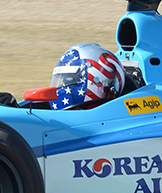
The Driver’s Series scours the world to find and explore compelling driving experiences for anyone with a driver’s license and passion for speed. We send our resident driver Jeff Francis to get behind the wheel and report back to Speed Journal readers to ride along virtually or become inspired to take on the driving experiences themselves. Are you involved with a driving experience that should be featured on The Speed Journal? Do you have a driving experience suggestion for The Speed Journal to investigate? Please contact us.






